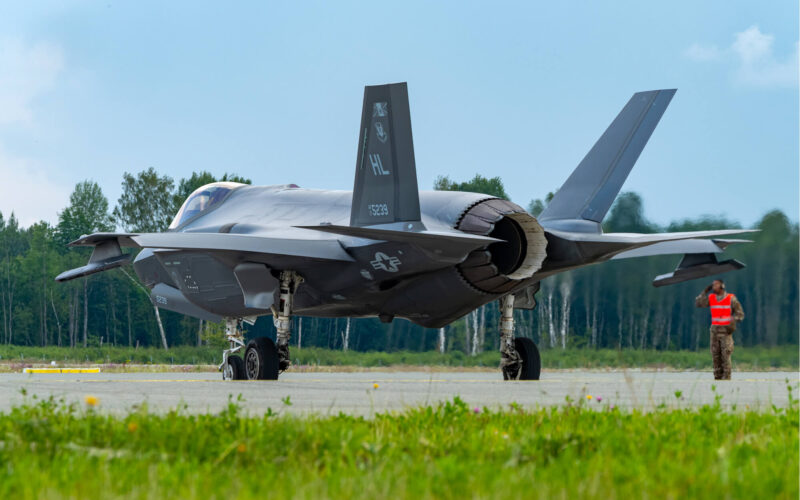On June 30, 2021, the Federal Council of Switzerland announced that it chose the Lockheed Martin F-35 Lightning II as the next fighter jet to fly with the colors of the Swiss Air Force.
Thirty-six F-35As should thus replace the McDonnell Douglas F/A-18C/D Hornets and few remaining Northrop F-5E/F Tiger II antiques of the Swiss Air Force. According to the government, the US-made fifth-generation fighter jet competing against the Dassault Rafale, the Boeing F/A-18 Super Hornet, and the Eurofighter Typhoon came superior in three out of the four criteria of the competition: efficiency, product support, and cooperation.
The price was a convincing argument, according to the Federal Council. At 5 billion Swiss francs ($5.4 billion), the fighter jet was 2 billion Swiss francs less expensive than its competitors… or was it?
After the choice was announced, the SonntagsZeitung and the SonntagsBlick, two Swiss newspapers, contested that price arguing that it was not fixed but only “estimates based on the best available data.” Additionally, they said that Switzerland would pay any overruns of the initial costs.
The Federal Office of Armaments (armasuisse) denied the reports. Instead, it said that the offers and the amounts specified in the contract were in fact binding.
“This concerns both the acquisition costs and the proposed operating costs for which we have an offer for an operating period of ten years,” armasuisse detailed in a statement. It added that the US government would intercede in its favor with the manufacturer Lockheed Martin if there were any cost overruns. “Thanks to this solid purchasing position, after more than 40 years of experience in the FMS [Foreign Military Sales ‒ ed. note] business, armasuisse has never seen any cost overruns in the numerous contracts concluded,” it concluded.
Nonetheless, the association Stop F-35, launched by two political parties, the Socialist Party and the Greens, as well as the lobby “Group for a Switzerland without an Army” (GSsA), announced that they started collecting pledges of signatures to launch a “popular initiative” ‒ the Swiss referendum model ‒ to challenge the choice of the Federal Council. According to its website, the association already has collected over 10,700 pledges of signatures. The Swiss system requires 100,000 signatures for a popular vote to be considered.
A similar initiative already blocked the acquisition of 22 Saab Gripen E fighters in 2014, though they had been selected two years before by the Federal Council. The latest competition followed another referendum held on September 27, 2020, and in which Swiss voters approved by a small margin (50.1%) the acquisition of new fighter jets.
If the new popular initiative is approved, the vote will not take place before 2023, meaning that the Swiss Air Force might not have its new jets by 2025 as it had hoped.

